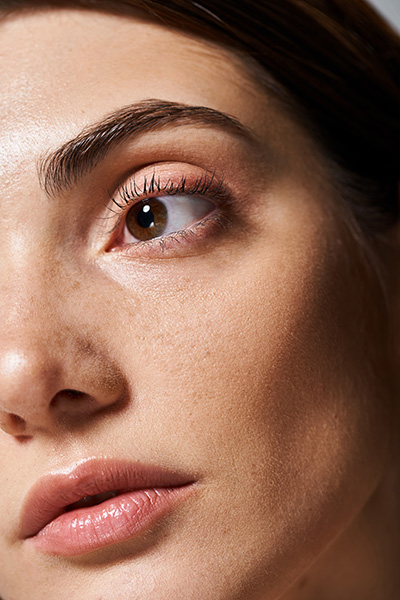
Skin cancer is one of the most common types of cancers and skin conditions. Among other types of skin cancer, squamous cell skin cancers are the second most common. As you can see, it’s so important to protect your skin and wear sunscreen.
If you or a loved one has been diagnosed, there are multiple treatment options to consider.
While surgical treatments are effective for removing localized tumors and preserving healthy tissue, they often take more time, are more expensive, have greater potential for scarring, and because tumors can only be fully removed in stage 1 (after pre-cancerous), open the possibility of cancerous skin coming back.
The types of surgical treatments include
A patient may decide on non-invasive skin cancer treatments which are shorter, less expensive, but may require multiple sessions and have varying results. They may not be suitable to treat skin cancers that are more severe and advanced in nature.
Blue light treatment, or photodynamic therapy (PDT) combines blue light and photosensitizer medicine to kill cancer cells. Some side effects include swelling or blistering. If your skin is sensitive to light or sun damage, this may not be the best treatment for you.
Topical treatments refer to applying creams and gels onto the affected area, which can stimulate your immune system to fight back. It can also include topical chemotherapy creams as an alternative to oral or IV chemotherapy.
Laser surgery is not as widely used but it involves shooting a beam of laser light directly onto the skin to destroy the topmost layers.

Gentle Electrotherapy to Inhibit a Pivotal Enzyme (GEIPE) is non-invasive, non-toxic, and eliminates the need for procedures that involve a long healing process and cause scarring and side effects.
This therapy is based on disabling a pivotal enzyme (RnR) in cancer growth. Since this enzyme contains a free-radical (unpaired electron) which can be quenched or destroyed by a stream of electrons, gentle electrotherapy would arrest the growing cancer by blocking RnR. Alas, this treatment is not financially attractive to cancer care providers – and is available only as a home-remedy from GEIPE website.
GEIPE therapy stands out because it is highly effective, non-toxic and low-cost. With a portable device this treatment can be done in the comfort of your own home with little supervision. This cancer therapy is applicable to all varieties of skin cancers and is too low-cost to be offered by cancer hospitals. Visit its website or contact us to learn more about this groundbreaking treatment.
⬤ ⬤ ⬤